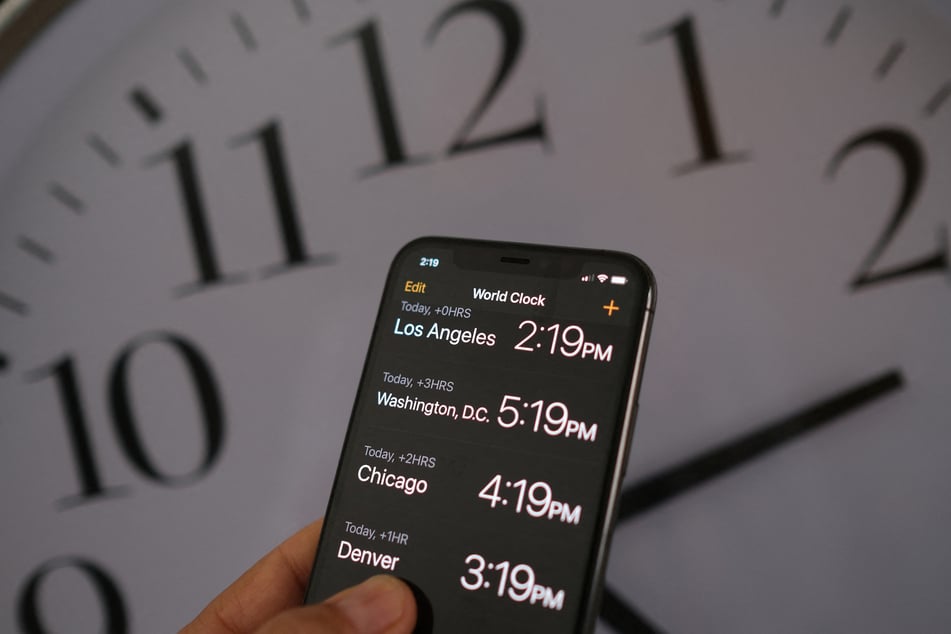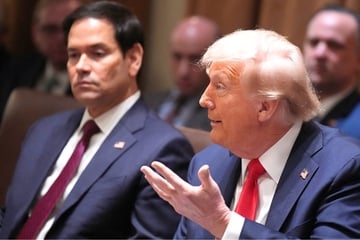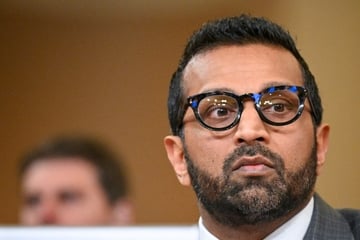Trump suggests making Daylight Savings Time permanent
Washington DC - President Donald Trump on Friday repeated his call for an end to the "costly" custom of moving clocks back one hour every autumn, which he said was imposing an unnecessary financial burden on the US.

"The House and Senate should push hard for more Daylight at the end of a day," Trump urged the US Congress in a Truth Social post.
"Very popular and, most importantly, no more changing of the clocks, a big inconvenience and, for our government, A VERY COSTLY EVENT!!!"
The summer clock, known as Daylight Saving Time, was adopted by the federal government during World War I but was unpopular with farmers rushing to get produce to morning markets, and was quickly abolished.
Many states experimented with their own versions, but it wasn't reintroduced nationwide until 1967.
The issue has become a pet subject for Trump, who appealed in December for more light in the evenings, but he has at times appeared confused by the terminology.
The demand would mean a permanent change to DST, whereas in December he pledged to get Republicans working on the opposite goal – abandoning DST.
"The Republican Party will use its best efforts to eliminate Daylight Saving Time, which has a small but strong constituency, but shouldn't," he said then.
Daylight Savings issue was also brought up under Biden administration

In 2022 the Senate, then controlled by Democrats, advanced a bill that would bring an end to the twice-yearly changing of clocks, in favor of a "new, permanent standard time."
The Sunshine Protection Act called for moving permanently to DST, to usher in brighter evenings and fewer journeys home in the dark for school children and office workers.
The bill never made it to then-president Joe Biden's desk, as it was not taken up in the Republican-led House.
The bill was introduced in 2021 by a Republican, Florida Senator Marco Rubio, who is now Trump's secretary of state. He said studies had shown a permanent DST could benefit the economy.
Either way, changing to one permanent time would put an end to Americans pushing their clocks forward in the spring, then setting them back an hour in the fall.
Colloquially the practice is referred to as "spring forward, fall back."
The clamor has increased in recent years to make DST permanent, especially among politicians and lobbyists from the Northeast, where frigid conditions are normal in the early winter mornings.
Rubio said the US sees an increase in heart attacks and road accidents in the week that follows the changing of the clocks.
Any changes would be unlikely to affect Hawaii and most of Arizona, the Navajo Nation, American Samoa, Guam, the Northern Mariana Islands, Puerto Rico, and the US Virgin Islands, which do not spring forward in summer.
Cover photo: Unsplash/CHUTTERSNAP

